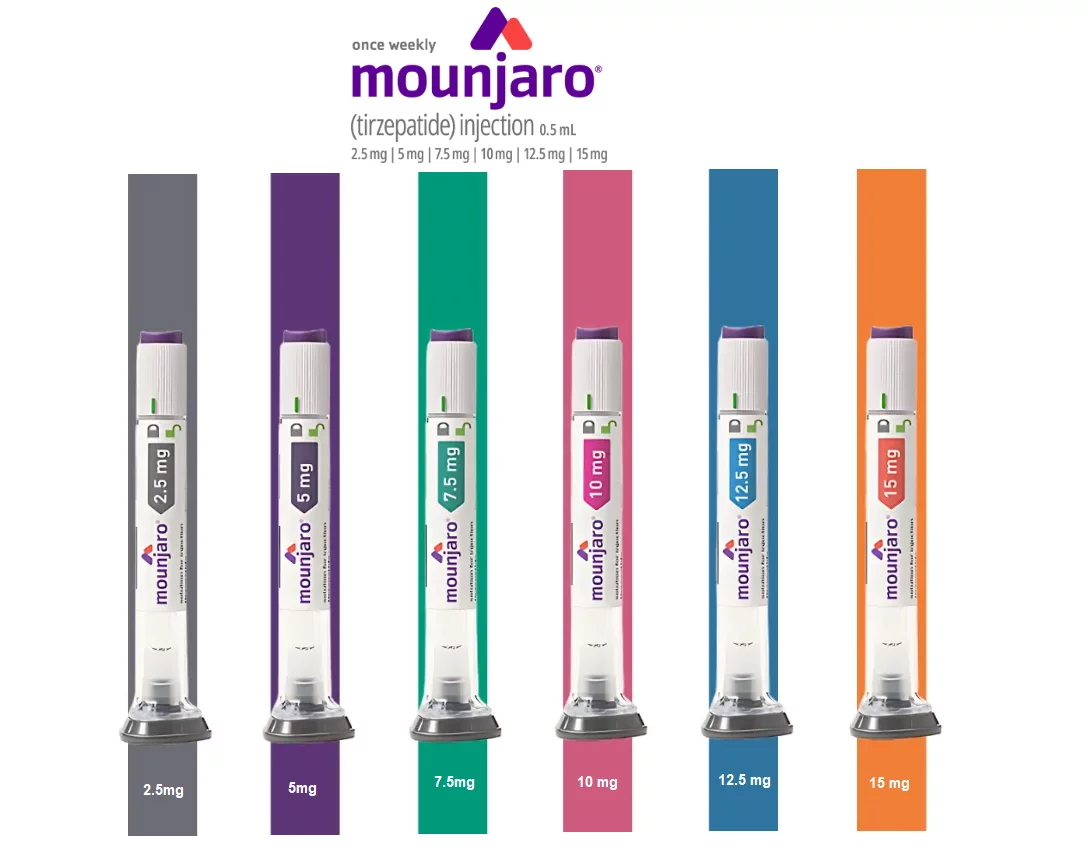Critical Illness Insurance vs Health Insurance: Why You May Need Both
When it comes to securing your health and financial future, insurance plays a key role. While health insurance and critical illness insurance are both designed to provide financial support during times of medical need, they serve different purposes. Understanding the distinctions between these two types of insurance can help you determine why you may need both.
Let’s break down the differences between the two and how each policy contributes to your overall health protection.
Health Insurance: Meaning
Health insurance, often referred to as mediclaim, provides coverage for medical expenses related to hospitalisation, treatment, surgeries, and other health-related needs. It helps cover the costs of doctor consultations, diagnostic tests, emergency services, and even medicines. In India, health insurance typically covers both in-patient and out-patient services, depending on the specific policy.
The best health insurance plans for family can offer peace of mind by covering essential healthcare needs for your entire family. These plans can be tailor-made to suit different requirements, ensuring that all members receive adequate care in times of sickness or injury. Health insurance policies often provide benefits such as cashless hospitalisation, pre and post-hospitalisation coverage, and preventive healthcare.
Critical Insurance: Meaning
Critical illness cover is designed to cover a specific set of severe and life-threatening conditions, such as cancer, heart attack, stroke, kidney failure, and other major illnesses. When diagnosed with one of these illnesses, it provides a lump sum payment that can help cover the cost of treatment, recovery, and other related expenses. Unlike health insurance, critical illness insurance is not tied to ongoing medical bills but instead focuses on providing financial relief during a critical period of recovery.
Critical illness cover is particularly beneficial because it offers a lump sum payout that is not restricted to hospital expenses. This payout can cover lost income due to the inability to work, pay for home care, or even meet mortgage payments. It’s a good choice for individuals seeking to protect themselves from the financial strain that often comes with serious illness.
Key Differences Between Health Insurance and Critical Illness Insurance
| Key Differences | Health Insurance | Critical Illness Insurance |
| Coverage Scope | Covers a wide range of health-related expenses, including hospitalisation and outpatient treatments. | Limited to specific life-threatening conditions, with a lump sum payout upon diagnosis. |
| Benefit Type | Pays medical bills directly to healthcare providers. | Provides a lump sum benefit to the policyholder, usable for treatment, household expenses, etc. |
| Scope of Treatment | Includes routine treatments, preventive care, maternity care, surgery, and emergency services. | Focuses on major illnesses requiring long-term treatment and potentially affecting work ability. |
| Conditions Covered | Covers a variety of conditions from minor illnesses like flu to severe diseases like heart disease. | Covers specific major conditions like cancer, stroke, heart attack, and kidney failure. |
| Premiums and Costs | Premiums depend on medical history, age, and coverage needs; generally lower than critical illness cover. | Higher premiums due to specific coverage, but the lump sum payout is typically much larger. |
Why You May Need Both Types of Insurance?
Having both health insurance and critical illness cover can provide you with comprehensive protection during times of medical crisis. Health insurance covers day-to-day medical costs, ensuring that you have access to healthcare when needed. However, it might not be sufficient to handle the full financial impact of a critical illness.
Critical illness cover fills in the gap by offering a financial buffer in the event of serious illness. If you are diagnosed with a life-threatening condition, the lump sum payout can be used for a range of purposes, including non-medical expenses such as paying bills, making home modifications, or hiring help for daily tasks. The financial support can also allow you to focus on recovery without worrying about your finances.
Niva Bupa is known for offering a range of flexible and tailored health insurance plans, ensuring that you receive the necessary medical treatment when needed. Whether you’re looking for individual coverage or the best health insurance plans for family, Niva Bupa can offer you a policy that suits your needs. Their mediclaim policies are designed to provide extensive coverage, including hospitalisation, treatments, and wellness services. With Niva Bupa, you can rest assured knowing that your health is in safe hands.
Combining Critical Illness and Health Insurance for Complete Protection
It’s important to realise that health insurance and critical illness insurance serve complementary roles. While health insurance covers general medical expenses, insurance for critical illness provides a financial cushion in the case of severe illnesses that can disrupt your life. Combining both ensures that you have a safety net for routine medical care and critical conditions.
In particular, the best mediclaim policies provide both inpatient and outpatient care, helping to cover the majority of your healthcare needs. But when you face a critical illness that could impact your ability to work or care for yourself, critical illness insurance offers additional protection.
Wrapping Up
While both health insurance and critical illness insurance are important components of financial planning, each serves a distinct purpose. Health insurance helps cover everyday medical needs, while insurance for critical illness provides additional support for major illnesses. Having both types of insurance can ensure that you are well-protected against both routine and severe health issues. By combining them, you can maintain your health and financial stability in times of medical emergencies.














Post Comment